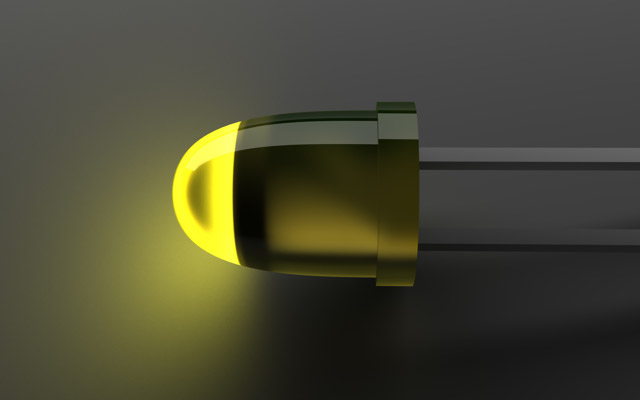The History of LED Bulbs and Its Future
Posted on 24 April 2018

The incandescent light bulb ruled the modern lighting industry for years, and in many ways, it still does. However, the dawn of the LED light bulb invention has revolutionized the way lighting is done for homeowners, businesses, and technologies all across the world. The history of the LED bulb is a fascinating one, and it deserves recognition as it has a contribution to the rapidly-evolving light bulb industry we know today.
How was the LED light bulb invented? In what ways is it better than the incandescent bulb? How has it revolutionized the lighting industry, and where is the LED light going from here?
From concept to production, the LED bulb has come a long way. Read on to discover its history, and how deeply it contributes to our ever-changing world.
50 Years in the Making
The LED light bulb was introduced to the General Electric company 50 years ago by an innovator named Nick Holonyak. He invented the concept of the Light Emitting Diode as a type of light that reacts to direct current and produces visible, infrared, and ultraviolet light all at once. Holonyak wanted to invent a light emitter that would require far less energy than the traditional incandescent bulb, while also committing to a product that could react to and change with future technological ideas.
Did you know that the first LED light bulbs were red? At the time, that was the only color they came in, since the mixture used to produce lights created a red color. One of Holonyak’s students, a man by the name of George Craford, was the first to invent the LED light bulb in a yellow and brighter red color. They were initially extremely expensive bulbs, and were only used in technological devices like calculators. Since LED bulbs required far less energy to power, this made calculators cheaper, and a wider range of consumers could afford them.
Development of LEDs Throughout the Years
LED lights started as simple indicators to power calculators, and transformed into powerful sources of light that revolutionized the way people thought about lighting. In the 1970s and 1980s, LED technology really took off. Consumers started seeing LED-powered watches, LED light-up shoes, and more.
In today’s world, we can enjoy luxuries like LED optical mice, which uses an advanced movement tracking system. The LED optics can detect any movements on any surface, which eliminates the need for mouse pads and makes mouse sensitivity higher altogether.
Another luxury that is enjoyed in the modern world is the HDTV system, with LED backlighting for longevity and crisper image quality. While HDTVs used to cost tens of thousands of dollars, they are becoming widely more affordable and accessible for all.
And of course, there is the LED light bulb. LED light installation offers a bright warmth to a home, and have quickly become the preferred type of light source over incandescents and CFLs. There are even smart LED light bulbs, which can change in hue or intensity at the homeowner’s control.
The Future of LEDs
What role will LEDs continue to play in the lives of the average consumer? It’s fascinating to learn just how many of our devices, lighting systems, and detectors are powered by LEDs. In fact, LEDs are being considered in major urban planning projects.
The newest portion of the Bay Bridge that connects Oakland and San Francisco uses individually-focused LED light systems to guide drivers across the bridge at night. These lights are far more effective due to their lack of glare. Traditional incandescent lights can sometimes reflect too brightly off of the windshields of cars, making it impossible for the driver to see out onto the road. LEDs provide a simple solution to some of the modern world’s most annoying problems by revolutionizing the way light and power work.
The Bay Bridge construction inspired more urban developers to replace traditional street lamps with LEDs, which are not only safer and more effective for the driver, but also heavily reduce energy costs. Plus, LED light bulbs don’t have to be replaced as often. It’s possible that the future could lead to the development of an LED bulb that can sustain itself and provide the crispest and clearest light known to man.